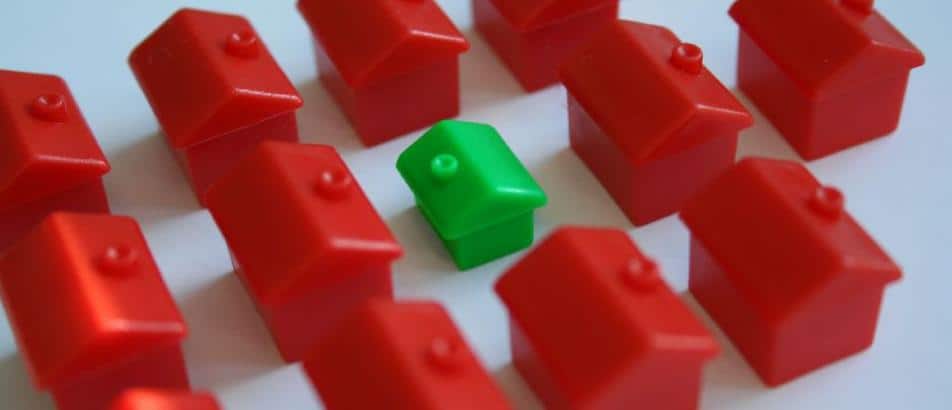Pricking Australia’s housing bubble will take more than isolated tinkering with lending rates and jawboning from the authorities. Here’s why.
Australia is about the size of the United States but has only 24 million people, compared with 324 million.
So, if there’s plenty of land and few people, why do the housing markets in the five major metropolitan areas remain ‘severely unaffordable’, as ranked in the 13th Annual Demographic International Housing Affordability Survey?
The report lists Australia as the third most unaffordable major housing market in the world, and Sydney the second most unaffordable city behind Hong Kong.
Middle income housing affordability in Australian capital cities 1981-2016

Bubble warnings
In fact, housing affordability in Sydney is the worst outside Hong Kong in the history of the Demographic
Survey. Beyond the major markets, Tweed Heads (NSW) is the most severely unaffordable market.
This depressing affordability report is made worse by housing bubble warnings from investment bank UBS, the Reserve Bank of Australia (RBA) and the Australian Securities and Investments Commission (ASIC).
The UBS Global Real Estate Bubble Index ranks Sydney as the world’s third most vulnerable market to bubble risk. The RBA warns in its March minutes that recent data suggests “there had been a build-up of risks associated with the housing market”.
“Even though building approvals had fallen significantly in recent months, the substantial amount of work in the pipeline suggested that dwelling investment would continue.”

According to the RBA, the strength in real estate investment remains concentrated in NSW after dwelling investment rebounded in the December quarter.
“Conditions appeared to have strengthened in Sydney and remained strong in Melbourne,” the RBA’s minutes say. “These cities had continued to record brisk growth in housing prices and auction clearance rates had remained high.”
The RBA’s warning came after ASIC chairman Greg Medcraft said there was little doubt Sydney and Melbourne were experiencing a real estate bubble.
The UBS Global Real Estate Bubble Index blames the 45 per cent rise in Sydney house prices since mid-2012 on rapidly growing demand from foreign investors, in particular Chinese investors.
“Sydney’s housing market has been overheating since the city became a target for foreign investors several years ago,” the Bubble Index report says.
UBS Global Real Estate Bubble Index

Not enough to go around
But that’s not the full story. The real reason may not be record low interest rates or even strong investor buying – it may simply be a matter of supply.
The Demographic report claims the severe unaffordability in all Australian markets is due to policies of urban containment – the practice adopted through the 1990s and beyond of limiting the development of land outside a predefined area.
Hugh Pavletich from Performance Urban Planning, which co-authored the Demographic survey report, told Australian Broker that urban containment was “by far and away” the main factor behind the country’s inflated property prices.
He said land and property prices were being pushed up as the government held back the supply of land in capital cities.
“That’s a major problem,” he said. “Authorities are not responsive enough at releasing land supply to ensure that house and land prices will not inflate.”
Even in cities such as Sydney with physical barriers such as mountains and national parks, there was still sufficient land supply.
The focus on high-density living also inflated house prices. Pavletich warned that Australia could be on the same path as Hong Kong where high levels of unaffordability meant families lived in 50 square metre shoe boxes and median house prices were 18 times the average income.
“That’s where they’re taking it because of these failed policies.”
The NSW Department of Planning and Environment estimates Sydney will need about 725,000 additional homes over the next 20 years. But its 2014 report, A Plan for Growing Sydney, indicates that urban containment is still the major consideration.
So, high-density living and inflated prices remain the reality.




